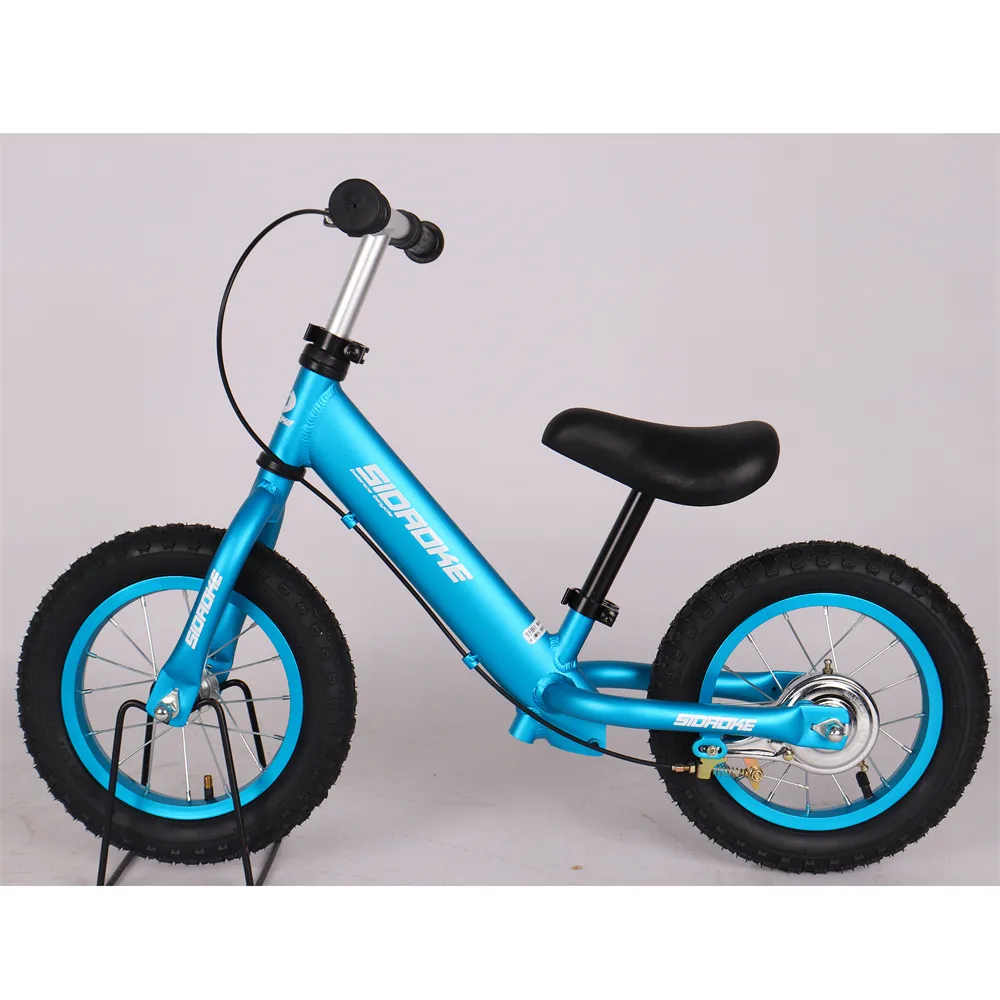How to Teach a Kid to Balance on a Bike | Step-by-Step Guide
Teaching a child to balance on a bike is an important milestone that can instill a sense of independence and confidence. Here’s a step-by-step guide on how to make this process easier and more enjoyable for both you and your child.
1. Choose the Right Bike Selecting the appropriate bike is essential. A bike that is the right size for your child will help them feel more comfortable and in control. When sitting on the bike, your child should be able to touch the ground with their feet. Also, consider starting with a balance bike, which has no pedals and allows children to focus on balancing without the complication of pedaling.
2. Find a Suitable Location Choose a safe, flat, and open area for teaching your child to ride. A grassy field can be a good option as it provides a softer landing in case of falls. Avoid crowded places and areas with heavy traffic to minimize distractions and risks.
3. Start with Balance Before introducing pedaling, help your child learn to balance. Have them sit on the bike and practice using their feet to push off the ground. Encourage them to lift their feet and glide, focusing on maintaining their balance. You can make this more fun by racing them to a point or encouraging them to coast as far as they can.
4. Use Training Wheels (Optional) If your child struggles to stay balanced, consider using training wheels for a short period. While training wheels can help them feel secure, they shouldn’t rely on them for too long. The goal is to help them balance independently as soon as possible.
5. Practice Steering Once your child is comfortable gliding, encourage them to practice steering. Set up cones or markers for them to navigate around, which helps to build their coordination and confidence while balancing.
how to teach a kid to balance on a bike

6. Introduce Pedaling Once your child has mastered balancing and steering, it's time to add pedaling. You can start by having them push off with their feet and then place their feet on the pedals. Encourage them to look ahead rather than down at the ground. Ideally, this stage should come after a few sessions of practicing without pedals.
7. Offer Support and Encouragement Throughout the process, offer repetitive encouragement. Celebrate small successes, and remind them that falling is a part of learning. If you can, run alongside them when they first start pedaling to boost their confidence.
8. Gradual Independence As your child gains more confidence, gradually reduce your level of support. You can start by holding the back of their seat lightly, then slowly let go to encourage them to ride independently.
9. Emphasize Safety Gear Never skip on safety gear. Ensure your child wears a properly fitted helmet, knee pads, and elbow pads. This will not only keep them safe but will also allow them to feel more secure and adventurous.
10. Practice Regularly Finally, practice regularly but keep the sessions short to avoid frustration. Consistent practice will lead to improvement. As your child gains more balance and confidence, consider taking longer rides around the neighborhood to reinforce their skills.
Teaching a child to balance on a bike is a rewarding experience that lays the foundation for a lifetime of cycling enjoyment. Celebrate their progress and make it a fun activity for both of you!
-
Unleash Fun and Safety with Our Premium Kids Scooter CollectionNewsJun.06,2025
-
Safe and Fun Rides with Our Premium Kids Tricycle CollectionNewsJun.06,2025
-
Explore Fun and Safety with Our Top-Quality Kids' BikesNewsJun.06,2025
-
Experience Fun and Safety with Our Premium Swig Car CollectionNewsJun.06,2025
-
Discover Confidence and Safety with Our Premium Kids Balance Bike CollectionNewsJun.06,2025
-
Adventure Awaits with Our Safe and Fun Kids Mini BikesNewsJun.06,2025
-
The Best Childrens Scooters for Fun and SafetyNewsJun.06,2025








